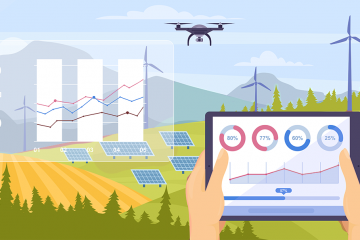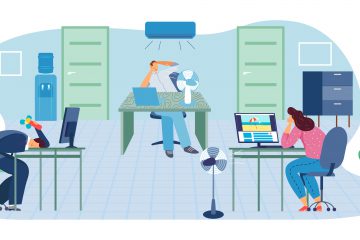But, looking at the positive side, the air quality data would be way below as to what the readings are right now, especially in India.
Want to know how?
The Problem
In addition to our population of 135.26, we have problems of poverty, inequality, lack of infrastructure and medical facilities, overpopulation and most of all pollution. What are we doing to control it?
Covid-19 has shown that the Indian public should focus on fighting for development in medicines, infrastructure and medical facilities and on how to curb future levels of air pollution. What India needs absolute focus on right now is curbing pollution. The first step would be to either control the number of two wheelers on the streets or to invest in a pollution free technology for them. Two wheelers are the cause for two- thirds of vehicular pollution in cities.Why Are Two-Wheelers A Problem?
As a country with lower per-capita income and large area, India struggles with public transport options. Even in cities like Bangalore and Delhi, where public transport exists, it may be perceived as expensive or unsuitable for people’s schedules. As a result, the first easiest and cheapest alternative to public transport becomes two-wheelers. These vehicles amount to 82 million all over India and contribute to over 30% of the particulate matter load on the roads. Worst of all, about 40% of two wheelers on the roads have a two- stroke engine, which are even more polluting.The Two-Wheeler Business
With the unemployment rate at its highest, 2 wheelers businesses are taking a boom.Companies like Rapido, Uber, OLA have remarkably found the sweet spot between a 4 wheeler cab and public transport by providing a bike taxi. People are starting to choose, bike taxis over public transport or 4-wheeler cabs to reach their destination cheaper and faster. Looking at this opportunity, companies like VOGO and Bounce built an app, where instead of riding as a passenger, you can ride the 2 wheeler yourself, thus negating the need for another person, and making it cheap. These apps also provide 2 wheelers for rentals for periods ranging from an hour to a few days. Other than a riding service, companies like Zomato and Swiggy, act as delivery partners for restaurants in order to serve their customers better. They have created contracts with thousands of people to deliver food, on the sole condition that they can legally operate a two-wheeler. Other than that rentals, e-commerce platforms like Amazon and Flipkart have to deliver packages to consumers. They have either started their own delivery services or have contracts with delivery exclusive companies like Delhivery to ensure fulfillment of contract between them and the customer. Both of these methods utilize a large number of two wheelers.
The Number Will Only Increase.
As of now, India has around 200 million two-wheelers, the largest in the world, and this number will increase with every year.With the help of statistics from the above mentioned companies, we have been able to say that in a day 125 lakhs two-wheelers are on the road is, only used for commercial services. In Delhi alone, 55 lakh two wheelers run on the roads as opposing the 27 lakh cars.
Will Two-Wheeler Electric Vehicles Solve The Problem?
Yes, and that too at a great extent. As technology keeps advancing the prices will drop to the same as that run on petrol or diesel engines.In the coming years, the standard engines used right now are bound to become obsolete.
Does public transport help?
Right now in most cities, the bus fares are very cheap. When comparing costs, it is clearly evident that taking a bus is the best option when it comes to save money and also the environment. If more people start using public transport, the Government will also start looking into improving these facilities, since their aim is also to cut down air pollution levels nationally.What Is The Government Doing To Curb Two-Wheeler Pollution?
In April 2017, India banned the production of BS III certified vehicles in favour of the higher BS IV emission standards to come into effect. The goal right now is to shift to BS VI standards by the end of 2020, so as to combat climate change. Other than that, there is a clear commitment to move to an electric only future by 2030. India consumes 3735000 barrels of oil every day. So, shifting to an electric future for all vehicles can lead to reduction in huge levels of air pollution both in respects of vehicular emissions and oil production. Other than that manufacturers are now investing more in R&D in order to make electric vehicles more efficient in terms of durability, strength and engine power keeping in mind to reduce carbon emissions. Reducing the weight of a vehicle by 10 pounds results to a 10-15 pound reduction of carbon dioxide emission per year.Companies are focusing on making engines that run greater lengths at low level consumption, and making light weight bodies.




